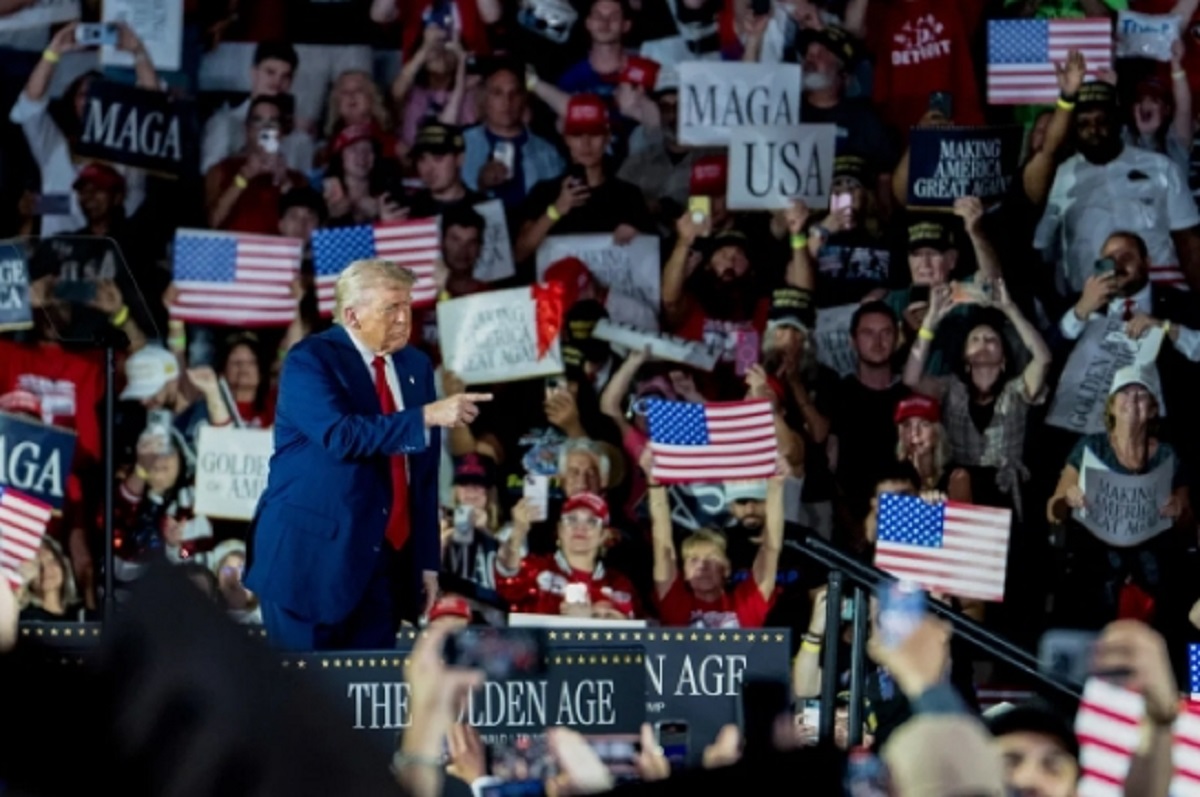China's Big Banks: A $69 Billion Bet on Economic Revival
Monday, Mar 31, 2025 1:13 am ET
In the grand chess game of global economics, China has made a bold move. The country's Finance Ministry has announced a $69 billion capital injection into four of its largest state-owned banks. This isn't just a financial maneuver; it's a strategic gambit to bolster the economy amidst a backdrop of slowing growth and a property market in turmoil. But is this a masterstroke or a desperate roll of the dice?

The move is part of a broader effort to stabilize the banking system, which has been under pressure due to the prolonged turmoil in the property sector. The government's strategy is clear: beef up the banks' capital buffers to ensure they can maintain high asset growth, support emerging industries, and cope with the downward pressure on margins amid rate cuts. But the question remains: will this injection be enough to turn the tide?
The property sector, once a key driver of China's economic growth, is now a source of significant risk. The downfall of China Evergrande, the world’s most indebted real estate giant, and the subsequent injection of $31 billion of capital through special-purpose bonds to stabilize wobbly regional banks, underscore the vulnerabilities within China's financial system. The sharp rise in consumer credit defaults, particularly in the real estate sector, is putting immense pressure on Chinese lenders. This is evident from the fact that "the number of individuals blacklisted for missed payments across various financial obligations, including mortgages and business loans, reached a record high of 8.5 million last year, up from 5.7 million in early 2020."
basic eps (non-gaap)(6518)basic eps (non-gaap) substract performing loans(6518)roe(average) greater than 15%(1199)debt/equity less than 1(2625)basic earnings per share increase rate greater than 10%(2284)roe(average) greater than 15% and debt/equity less than 1 and basic earnings per share increase rate greater than 10%(345)gross loans(6518)allowance for loan losses(6518)basic eps (non-gaap) substract performing loans ; quality growth ; gross loans ; allowance for loan losses(345)
Basic EPS (Non-GAAP)(USD)2024.12.31 | Basic EPS (Non-GAAP)-0.02024.12.31 | ROE(Average)%2024.12.31 | Debt-to-Equity Ratio2024.12.31 | Basic Earnings per Share YoY%2024.12.31 | Gross Loans(USD)2024.12.31 | Allowance for Loan Losses(USD)2024.12.31 |
|---|---|---|---|---|---|---|
| 12.92 | 12.92 | 15.95 | 0.07 | 10.39 | -- | -- |
| 9.30 | 9.30 | 18.94 | 0.29 | 68.29 | -- | -- |
| 6.89 | 6.89 | 31.20 | 0.40 | 79.74 | -- | -- |
| 4.04 | 4.04 | 15.95 | 0.61 | 78.26 | -- | -- |
| 2.69 | 2.69 | 15.80 | 0.36 | 18.90 | -- | -- |
| 2.33 | 2.33 | 34.87 | 0.07 | 51.10 | -- | -- |
| 2.22 | 2.22 | 46.15 | 0.95 | 14.70 | -- | -- |
| 2.13 | 2.13 | 21.90 | 0.19 | 33.40 | -- | -- |
| 1.60 | 1.60 | 20.21 | 0.37 | 466.67 | -- | -- |
| 1.56 | 1.56 | 22.64 | 0.29 | 23.94 | -- | -- |
Ticker |
|---|
| REGNRegeneron |
| TRVThe Travelers Companies |
| SMCISuper Micro Computer |
| ZBRAZebra Technologies |
| TMHCTaylor Morrison Home |
| PAYCPaycom Software |
| RACEFerrari |
| NVMINova |
| WDAYWorkday |
| AFLAflac |
View 345 results
The increased reliance on state-owned banks for economic stimulus presents several potential risks and challenges. One of the primary concerns is the systemic risk created by the state-owned nature of these banks. As noted, "Chinese banks are predominantly state-owned, with the government holding majority ownership of the five largest commercial banks, accounting for over half of the country’s banking system assets." This structure means that these banks provide loans with the understanding that the government will step in with support if borrowers encounter difficulties in repaying their loans. However, this reliance on state support creates a systemic risk. If there’s a widespread banking crisis, as I suspect there will be, the government may struggle to honor all the guarantees it has provided, leading to financial instability.
Another significant risk is the potential for a banking crisis to disrupt global financial markets and international trade. China's banks are some of the largest in the world, with the Industrial and Commercial Bank of China having assets totaling $5.4 trillion. Any significant problems in the Chinese banking system would reverberate throughout the global financial system. For instance, "a banking crisis in China has the potential to disrupt global financial markets, supply chains, and international trade – causing widespread economic repercussions." This interconnectedness means that a crisis in China could trigger a contagion effect, spreading panic and instability to other parts of the world.
The reliance on state intervention creates a moral hazard, where banks may take on more risk knowing that the government will bail them out if necessary. This can lead to inefficient allocation of resources and a buildup of non-performing loans, which can strain the financial system over the long term. The non-performing loan (NPL) ratio in China stood at 1.62% in 2023, and while this may seem low, the provision coverage dropped slightly to 205.1%, indicating potential challenges in managing these loans.
In summary, the increased reliance on state-owned banks for economic stimulus in China poses significant risks, including systemic risk, potential disruption to global financial markets, and the challenges posed by the ailing property sector. These factors could impact the long-term stability of China's financial system, necessitating careful management and reform to mitigate these risks. The $69 billion injection is a bold move, but it's a bet on the future of China's economy—and the world is watching to see if it pays off.
Ask Aime: What are the potential risks and challenges of China's $69 billion capital injection into its state-owned banks?




